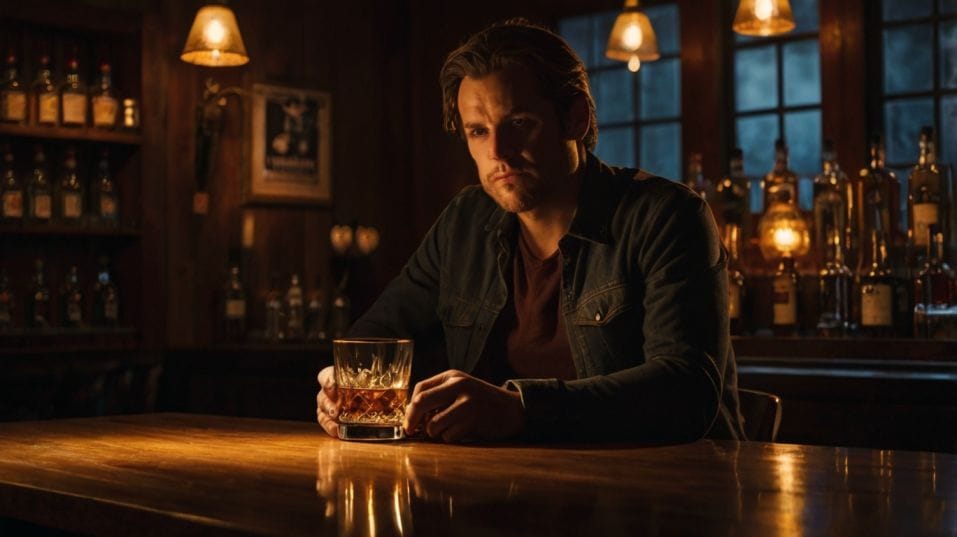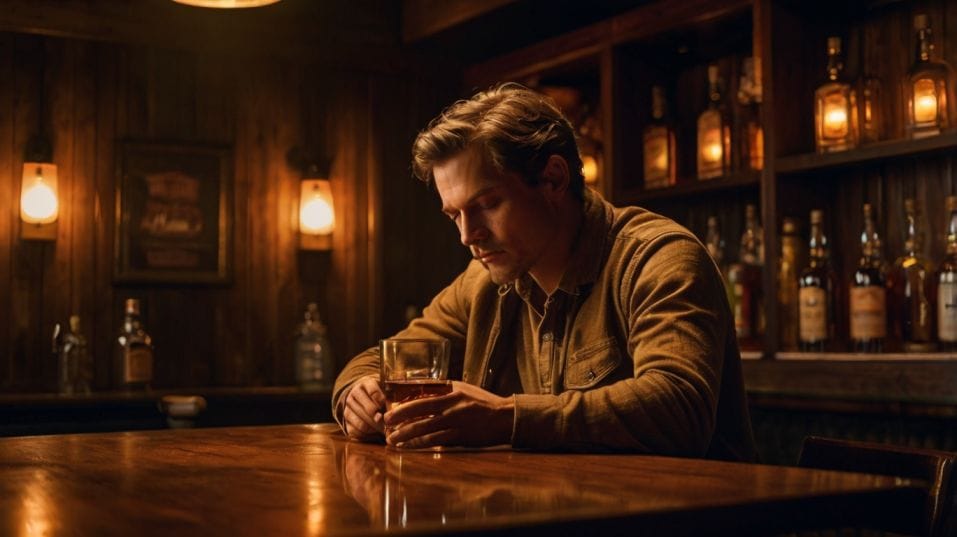The Rise of Whiskey in Pop Culture
Whiskey’s gone mainstream—but your journey is just starting. Learn to taste, collect, and explore with clarity, not hype.

What does whiskey really say about you? For the curious beginner, it’s more than a drink—it’s a doorway. Once rooted in dusty stereotypes, whiskey is now a statement, reshaped by pop culture and personal taste alike.
Whether you're just discovering your palate or stepping into collecting, this moment is yours to claim. It's not about status. It's about learning to taste with intent—and letting that intent shape your journey, one pour at a time.
Whiskey as Identity, Not Image
Pop culture didn’t invent whiskey’s appeal—it just made it visible to the masses. In film, music, and even fashion, whiskey has become a shorthand for character. The silent outlaw nursing a pour in a motel room.
The chef who sips a neat rye after service. The architect with a half-empty decanter on the bookshelf—not for show, but because he knows what he likes.
But don’t confuse visibility with meaning. Just because whiskey looks cool doesn’t mean every bottle is worth your time—or your tastebuds. The real shift isn’t in how whiskey looks in a scene. It’s in how people are using it to express who they are.
That’s where you come in. Your whiskey preferences are a living profile. You’re not chasing some idea of class or cool.
You’re tuning into the flavors that match your palate and personality. It’s less about flaunting the bottle and more about understanding the liquid inside it.
The people who make whiskey matter. So do the decisions they make: which grains to use, which barrels to rest in, how long to wait before bottling.
Learn the backstory, sure—but filter out the fluff. Let taste and technique guide your judgment.

Tasting in a Loud World
The cultural spotlight has done whiskey a favor—it’s made it approachable. But it’s also made it noisy.
You’ll hear the same recycled phrases: “smooth,” “small batch,” “rare,” “award-winning.” None of those matter if you can’t actually taste the difference.
And you can taste the difference. If you slow down. Start simple: choose one whiskey. Pour it neat. Sit with it. Don’t sip right away.
Smell it first. Let your senses lock in. Whiskey isn’t a drink you “have”—it’s a drink you read. You’re reading the barrel, the climate, the aging process, the raw ingredients. You’re not just swallowing—you’re decoding.
Want to train your palate? Skip the hype bottles. Get two whiskeys with clear differences. Compare. Maybe a high-rye bourbon and a wheated one.
Or a young American single malt next to an aged Speyside Scotch. The goal isn’t to find “better.” The goal is to notice.
Over time, you’ll start recognizing flavor structures—how the sweetness hits, where the heat lands, how long the finish sticks around. These are things reviews can’t teach you. Only the glass can.
Practical Setup for Tasting
Glassware helps, but it won’t save you from bad technique. Use a tulip-shaped glass if possible. Room temperature whiskey reveals more than cold.
Add a drop or two of water if the spirit feels closed—it won’t dilute, it’ll unlock. Ice? Fine later. First, learn the whiskey straight. You need to know how it behaves before you start changing it.
From Style to Substance
Whiskey’s rise in popular culture has created more curiosity. But curiosity without direction leads to distraction. When everyone’s showing off limited releases and flashy labels, you start thinking you need that too.
You don’t. Forget what’s trendy. Focus on what’s true. Here’s where the deeper layers live:
Grain
Corn leads to sweetness. Rye brings spice. Barley gives depth. Once you start recognizing grain signatures, you gain control over your preferences.
Region
Scotch isn’t a monolith. Islay’s smoky punch is a different universe from the light elegance of the Lowlands. American whiskey goes beyond bourbon.
Rye, Tennessee whiskey, and single malt each offer different expressions. Japanese whisky often blends balance and restraint. Know what you’re tasting by where it came from—and why that matters.
Barrel Influence
Most of what you taste in whiskey comes from the barrel. American oak adds vanilla and caramel. European oak leans into spice and dryness.
Sherry casks, wine finishes, and double maturation open even more doors. Understanding barrel types gives you power as a collector—and precision as a taster.
Popular culture might be your entry point, but understanding production gives you staying power. It helps you avoid chasing hype and start building a collection that tells your story.
Tasting with Intention, Collecting with Clarity
You’re not just here to drink. You’re here to know. Every bottle you taste teaches you something. But only if you treat it like a tool—not a trophy.
Don’t aim to “try everything.” That’s a quick path to burnout and confusion. Instead, go deeper with fewer bottles. Taste them side by side. Revisit them after a month. See how your palate evolves.
Whiskey changes. So do you. Start tracking what you like. Is it the spice? The dryness? The oily mouthfeel? Over time, your notes will reveal patterns. Patterns become preferences. Preferences become expertise.
Smarter Collecting
If you're collecting, stop thinking in terms of rarity. Think in terms of range. Do you have whiskeys that show you contrast? That teach you something new? That reflect a new production method or grain type?
Pop culture will keep throwing distractions your way. New releases. Collaborations. Celebrity brands. Let other people chase the noise. You chase the knowledge.
Final Thoughts
Whiskey’s rise in pop culture isn’t just about status—it’s about access. It’s your chance to step into a tradition that’s been around for centuries and make it personal.
You don’t need a huge collection. You don’t need to impress anyone. You just need to pay attention. So tonight, line up two whiskeys.
Taste them with focus. Smell them with intention. Notice what makes one softer, spicier, longer, sharper. Write it down. Share it if you want. Or keep it to yourself.
Either way, you’re building something. A palate. A point of view. A foundation. Start now. Pour with purpose. Drink with direction. The rest will follow.




